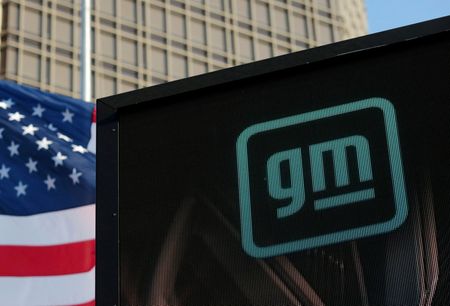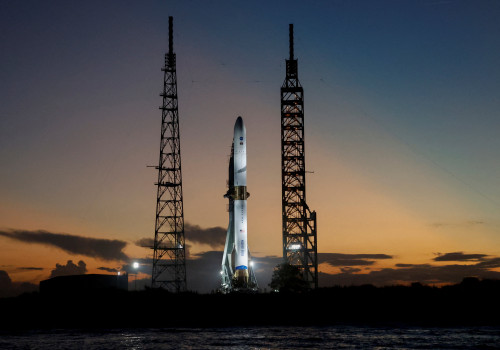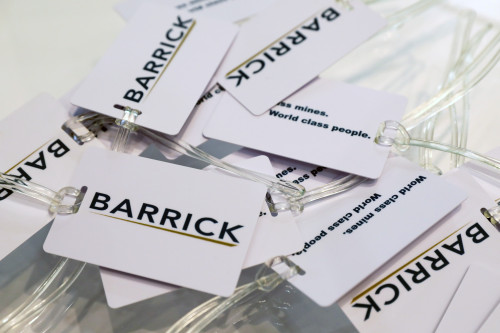By Akash Sriram and Paul Lienert
DETROIT (Reuters) – General Motors is investing in a Silicon Valley startup to help it speed development of a more affordable battery chemistry for its future electric vehicles, the company said on Wednesday.
GM will lead a $60 million investment in Mitra Chem, a two-year-old Mountain View, California, company that uses artificial intelligence to accelerate development of lithium-ion battery materials.
Mitra Chem will help the automaker develop advanced iron-based cathode active materials such as lithium manganese iron phosphate (LMFP) that could be used in some of GM’s next-generation Ultium batteries after 2025.
Lithium iron phosphate (LFP) and manganese-enriched LMFP are less expensive, more sustainable alternatives to the nickel-cobalt-manganese (NCM) mixture used in many current EV battery cathodes. Iron-based batteries typically do not store as much energy, however.
LFP battery cells were developed in the United States, but Chinese companies such as BYD and CATL currently dominate global production.
The new funding round for Mitra Chem “is a strategic investment that will further help reinforce GM’s efforts in EV batteries (and) accelerate our work on affordable battery chemistries like LMFP,” said Gil Golan, GM vice president of technology acceleration and commercialization.
The U.S. Inflation Reduction Act “is one of the main drivers” in GM’s efforts with Mitra Chem and others to build a U.S.-based supply chain for LFP batteries and next-generation materials, Golan said.
The IRA provides incentives for battery materials, components, cells and packs that are sourced in North America.
Golan said batteries made from iron-rich materials developed with Mitra Chem could appear in some GM vehicles in the second half of the decade. He said GM already uses LFP batteries in its electric vehicles in China.
GM’s Ultium batteries now use cells with nickel-cobalt-manganese-aluminum cathodes, which store more energy and enable longer driving range than LFP cells, but are more expensive.
The automaker has indicated its Ultium joint-venture battery plants with partner LG Chem in Ohio, Tennessee and Michigan will produce cells with NCMA cathodes, while a fourth U.S. plant with Samsung SDI will make “nickel-rich” battery cells.
The basic ingredients in LFP and LMFP cathodes are relatively more abundant than nickel and cobalt and tend to be less volatile, battery experts say.
Mitra Chem was cofounded by Vivas Kumar, chief executive officer; Will Chueh, chief scientific adviser, and Chirranjeevi Gopal, chief product officer.
(Reporting by Akash Sriram in Bengaluru and Paul Lienert in Detroit; Editing by Matthew Lewis)





